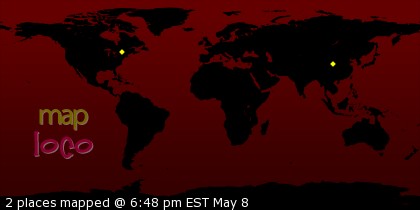More models for thinking about plot.
Model 2-Plot as conflict: One writer, (sadly, I can't remember who) said that all you need to know for plot is "things get worse." Anytime in the story when you don't know what comes next, make things worse. Done well, this is true enough. Done wrong, it becomes "hit the bird." (Disney's Alladin. Don't know what to do, hit the bird.) As I said, done right it works. Things keep getting worse for Hero-Protagonist until at the end, they get better.
I prefer to think in terms of conflict. Plot is getting from point a to point b with the maximum amount of interesting and appropriate mayhem (conflict) in between. Your character wants or needs something (internal vs. external) and chooses to try or is forced to try to get it or to get away from having to get it. How that plays out, and what he or she loses or gains along the way is plot. This is a sort of hero's journey model.
Model 3-Plot as conflict part B; internal vs. external: In most fantasy fiction you will have a protagonist and an antagonist, or hero and villain. In conflict type B, the conflict and plot are driven by the opposing needs of the hero and the villain, remembering always that the villain is the hero of his or her own story. This leads us back to internally vs. externally driven plots.
Model 4-Plot as motion: In normal life, long periods go by without anything of significance happening. In fiction everything is a significant happening or should be. If it doesn't move the story somehow, it probably shouldn't be in the text. In plot as a motion we start at a point of stasis, or immediately after a point of stasis has been destabilized. The story then revolves around getting to a new point of stasis and this involves motion through the world and through time. Attempts to halt or redirect the flow of motion create the conflict necessary to interesting story-telling.
That's all for now. At least, for my brain, but I know y'all (including my esteemed Wyrdsmith colleagues) have all sorts of insights that I've missed, and I'd love to hear them. So, models 5-10? Sub clauses to the current list? Recipes for Plot Pie or Plot Stew? Rants about the anathema of pinning your poor characters to a plot board?
Thursday, May 31, 2007
Subscribe to:
Post Comments (Atom)





3 comments:
I've been keeping up with your notes on plot - and while I have been lurking, I decided to venture something. One of the things you said rang especially true - that without loss there is not much of a story. Loss of dignity, respect, goods, life etc.
But what I wonder is - if plot is motion and construction toward a certain goal - could you have a plot of "deconstruction?" Could you have a character who reacts against everything and who doesn't necessarily develop toward a certain goal? The closest thing that comes to mind is Paul Newman's character in Cool Hand Luke. His conflict is against the "system," but he has no definite goal of establishing a better system.
Either way, I look forward to the next post!
Bri
Bri,
Sure, I should probably have been more explicit with what I mean by progress toward a goal. In terms of plot it doesn't have to be a goal that the protagonist has any explicit ideas about. In fact, the goal doesn't have to be a character goal at all. Plot is more a writer goal than anything, a place you want your characters to arrive at. Whether they want to be there or not is more a matter of what kind of structure you're building than something the character seeks. Does that make sense?
Oh, and thanks for delurking and commenting. I find that trying to answer questions helps me do some of my best thinking about writing.
Oh, and on the cost front, yes absolutely. A goal that as achieved without any sacrifice isn't much of a goal and a book or story (mostly) has to be about something big, whether that's internal or external. This is doubly true in F&SF where the traditions of the genre call for stories with lots of plot meat.
Post a Comment